In Artinis NIRS blog, you will find the latest trends in (f)NIRS, NIRS studies and applications, tutor from the leaders of near infrared spectroscopy, not to mention detailed insights and tips and tricks for your research!
Search blog post topic
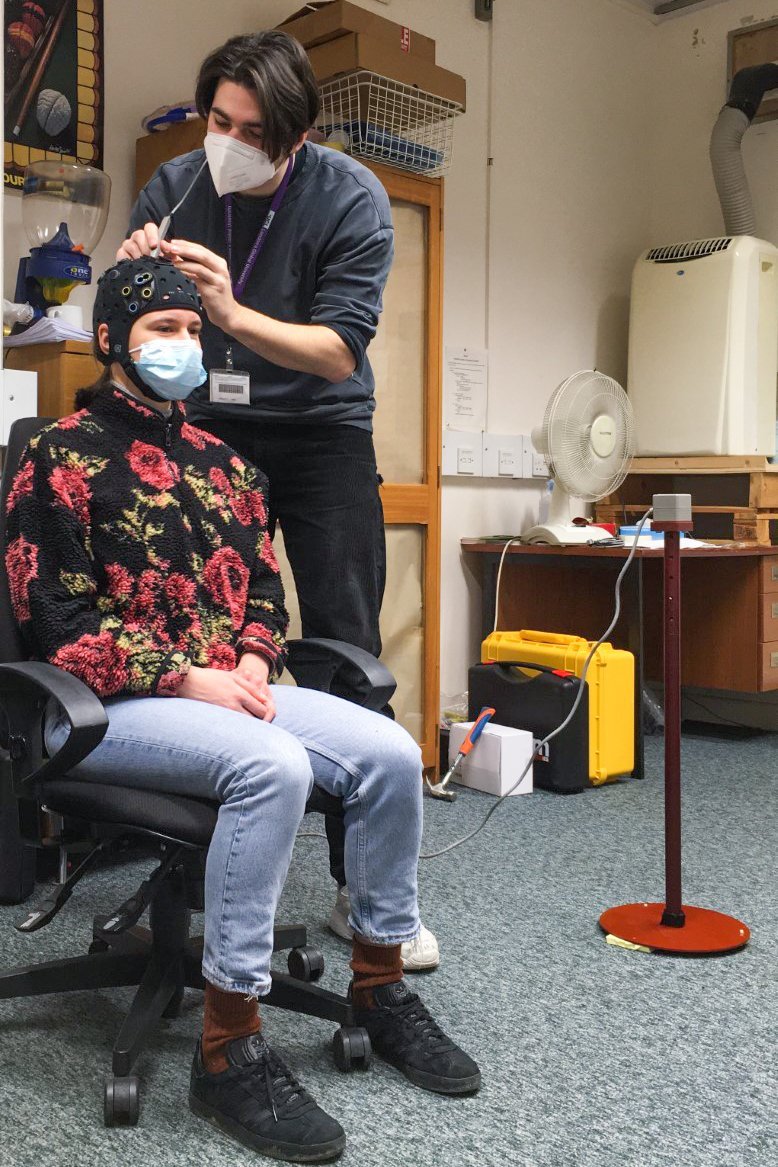
Integrating real-time fNIRS with biofeedback to promote fluency in people who stutter
Over at the Speech Lab here in University College London, we are in the midst of data collection with the wearable fNIRS system, Brite. We’ve been investigating the hemodynamic biomarkers of stuttering along with cortical responses of altered feedback during speech.
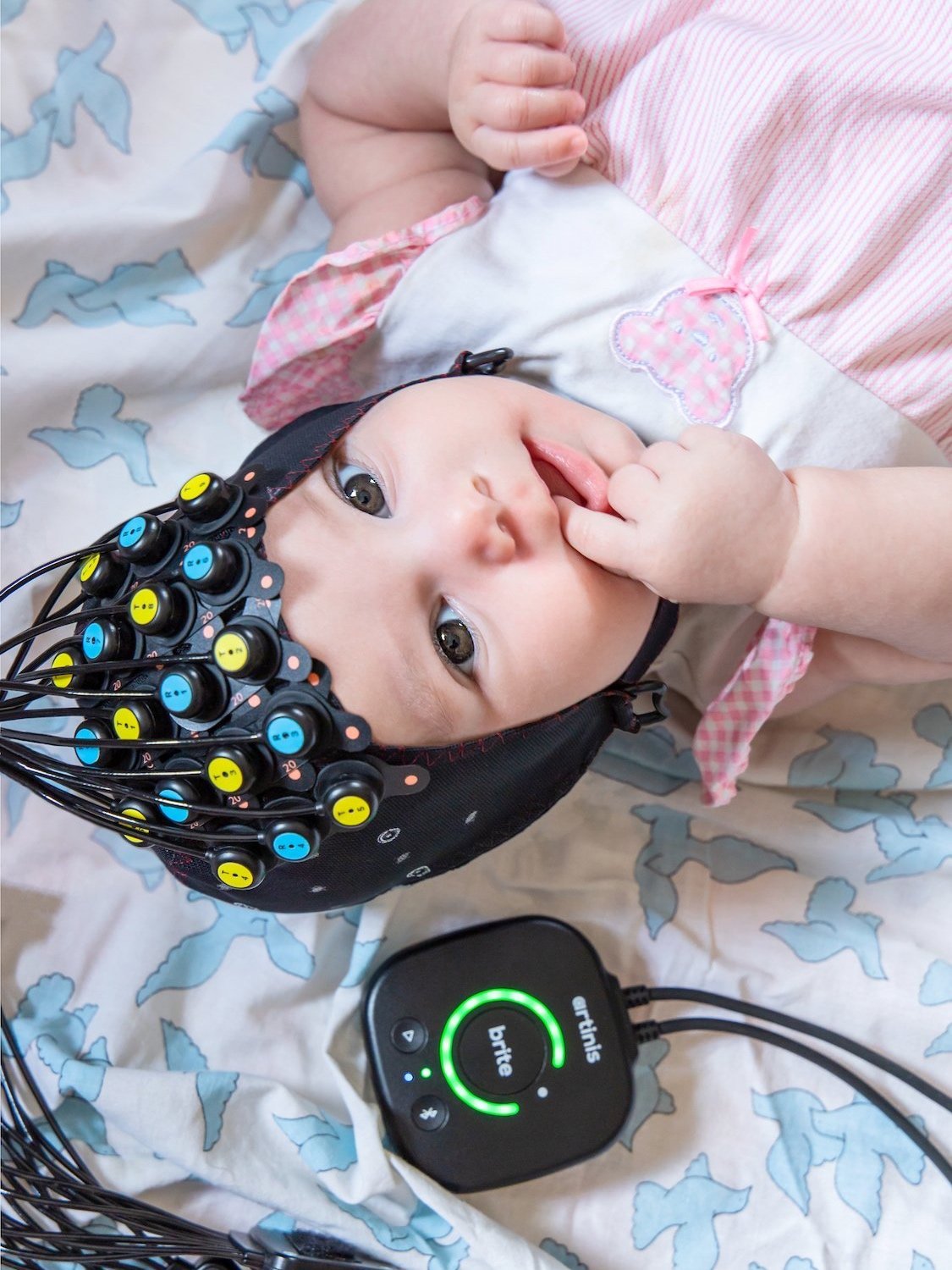
Exploring the infant brain with fNIRS
Testing young babies, between 0 and 2 years of age, is definitely fun, but it also comes with challenges. We asked several developmental researchers to point out the main difficulties they typically encounter and what features an infant-friendly NIRS should have. So, what are these challenges and what can researchers and technology do to overcome them?

Brite MKII: Wearable, Highly-Flexible, Optimized, Accurate NIRS!
Meet the latest Artinis wearable NIRS system, designed for brain imaging in a wide range of settings and populations. Optical imaging was never so easy!
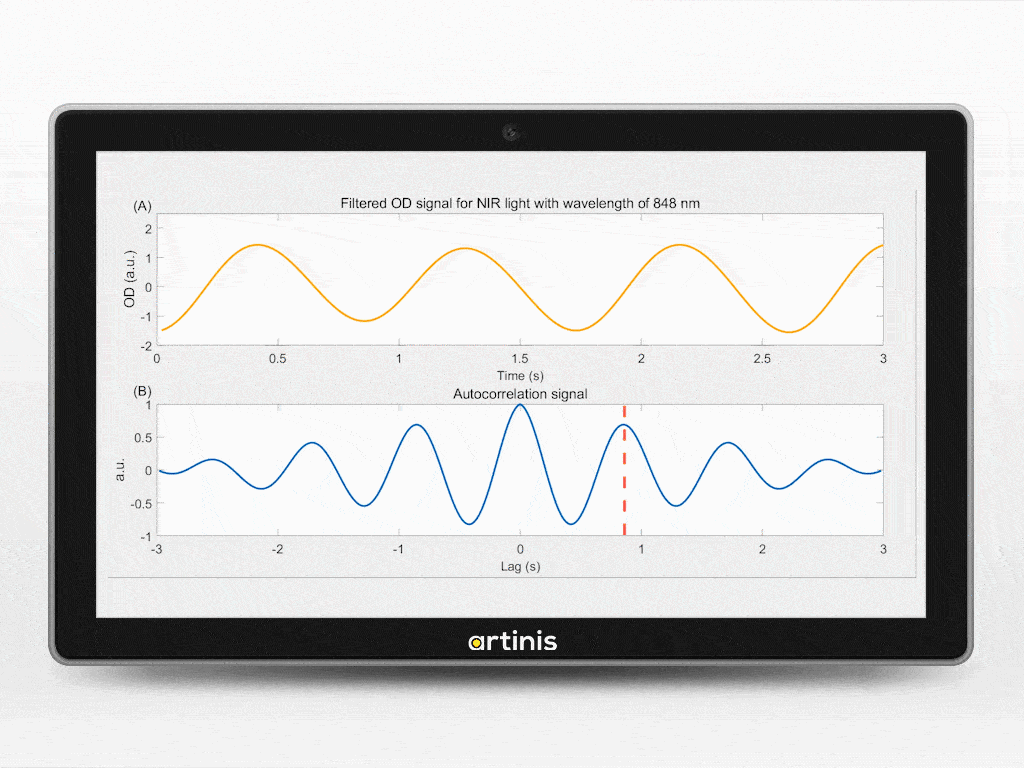
Heart rate extraction from NIRS signal
A commonly asked question is “What are the advantages of NIRS over EEG?”. NIRS signals are, in general, less susceptible to artifacts like motion artifacts or electrical noises. There are, however, also physiological components such as heartbeat, breathing, and Mayer-waves present in the signal. Although not an artifact, these components are usually filtered out since they are not useful in determining the pure hemodynamic response signal of the brain. Nevertheless, there is interesting information in the heartbeat. In this blog, we talk about taking advantage of the heartbeat in the NIRS signals and extracting the heart rate signal from them.
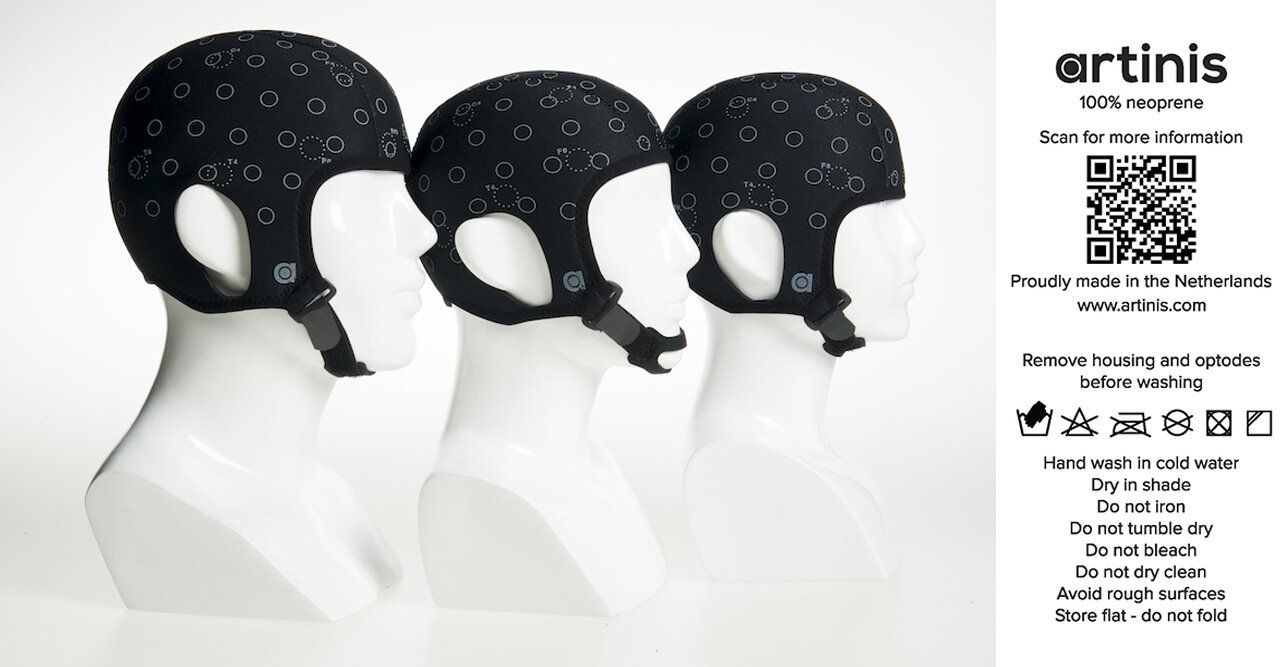
How to clean your Artinis NIRS systems and accessories?
COVID-19 has had a major impact on all of us. For a while, Universities were closed and research was put on hold. Now slowly but surely, we are going back to the labs and starting our experiments again. NIRS experiments include contact with patients and research participants, we therefore find it important to inform you about how to clean the Artinis NIRS devices.

The importance of being precise: using PsychoPy for stimulus presentation and OxySoft for triggering
You’ve got your NIRS device ready and have already thought of the protocol for your next experiment. You have a clear picture of it in your head: you can see the subjects with the NIRS cap on facing a PC monitor showing each of the instructions and stimuli at the exact timing you were aiming for. Timestamps for each event are automatically saved and once the session is over, you are ready to go for the analysis. Sounds nice, right? How simple is it, though? Well, turns out it’s quite simple, actually. You just need the right tools, and the combination of PsychoPy and Oxysoft is a perfect match!

Artinis Literature Overview 2019 - Brain research
We are very proud to see our equipment used in a wide range of scientific research and continue to be inspired by the bright scientists who are our customers. Perhaps the biggest takeaway from all the publications last year is the fact that NIRS is no longer navel-gazing as a research field on its own, but it has reached out and found a new audience as a versatile research application that, even more than fMRI, is being used in more and more parallel fields. Here, we highlight some of the noteworthy elements of 2019’s publications.
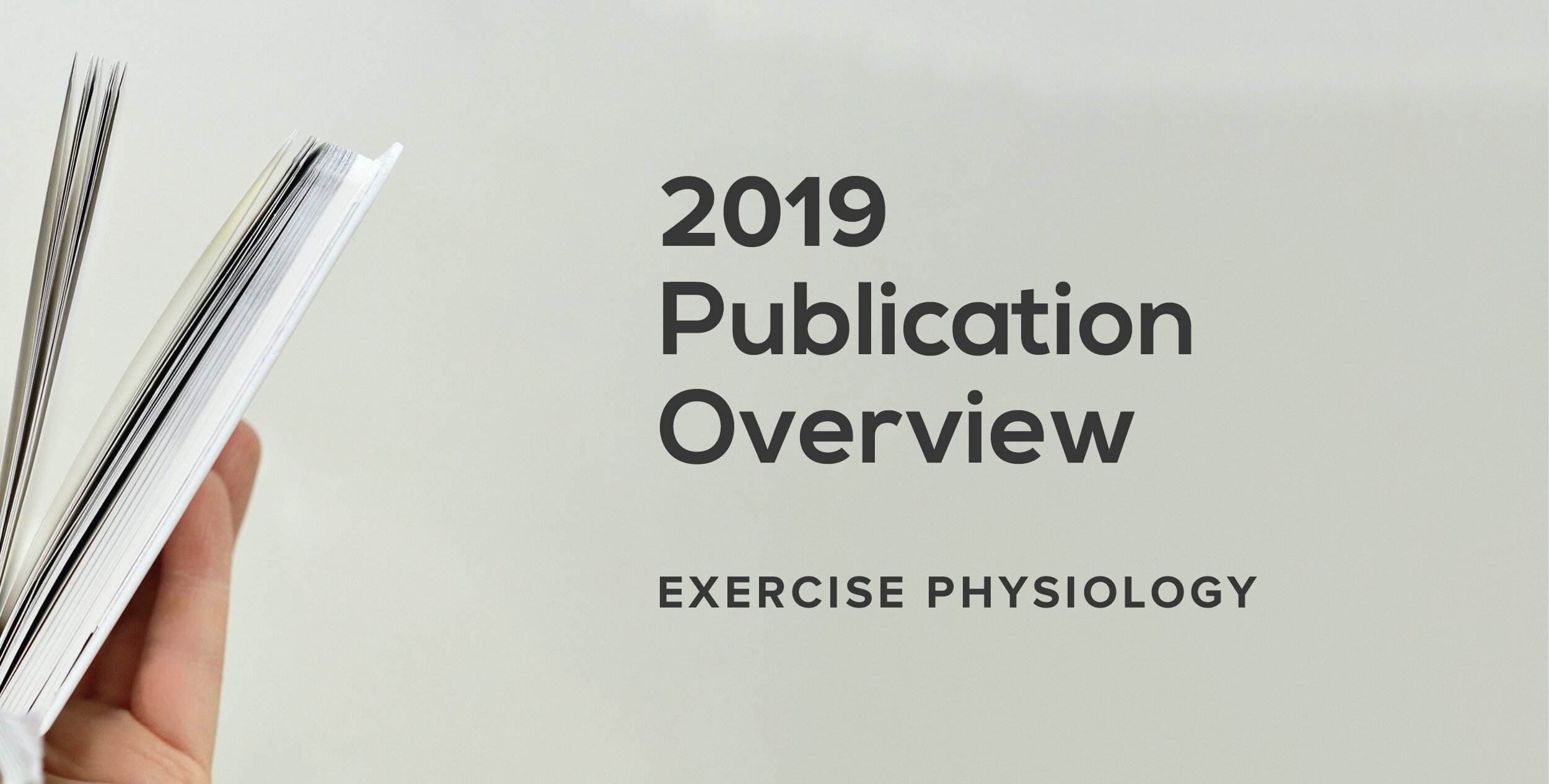
Artinis Literature Overview 2019 - Exercise physiology
From a classical perspective, we at Artinis separate the publications into the domain of functional brain monitoring and muscle research. ‘Brain’ - and ‘Sports’ people. This review will highlight a handful of publications in the domain of movement science published in 2019’s.

Artinis at the Organization for Human Brain Mapping
At the OHBM conference, we had multiple people with previous NIRS experience ask us if you could really get a good signal with a wearable device on adults. We offered them the chance to try it out themselves; a quick setup resulting in a good signal within minutes quickly dispelled their initial doubts. Seeing is believing!

Exercise Physiology integrating NIRS, ECG, and EMG as a learning tool
Innovations travel back and forth between different departments within Artinis. Application Specialists give insight in customer requests, Research and Development find new measurement methods, Design and Engineering constantly look for further improvement of the equipment and Sales and Support find new ways to support every single customer. Especially for new employees, hands-on experience throughout the company is crucial in their development and no better way to do this than to set up a study.
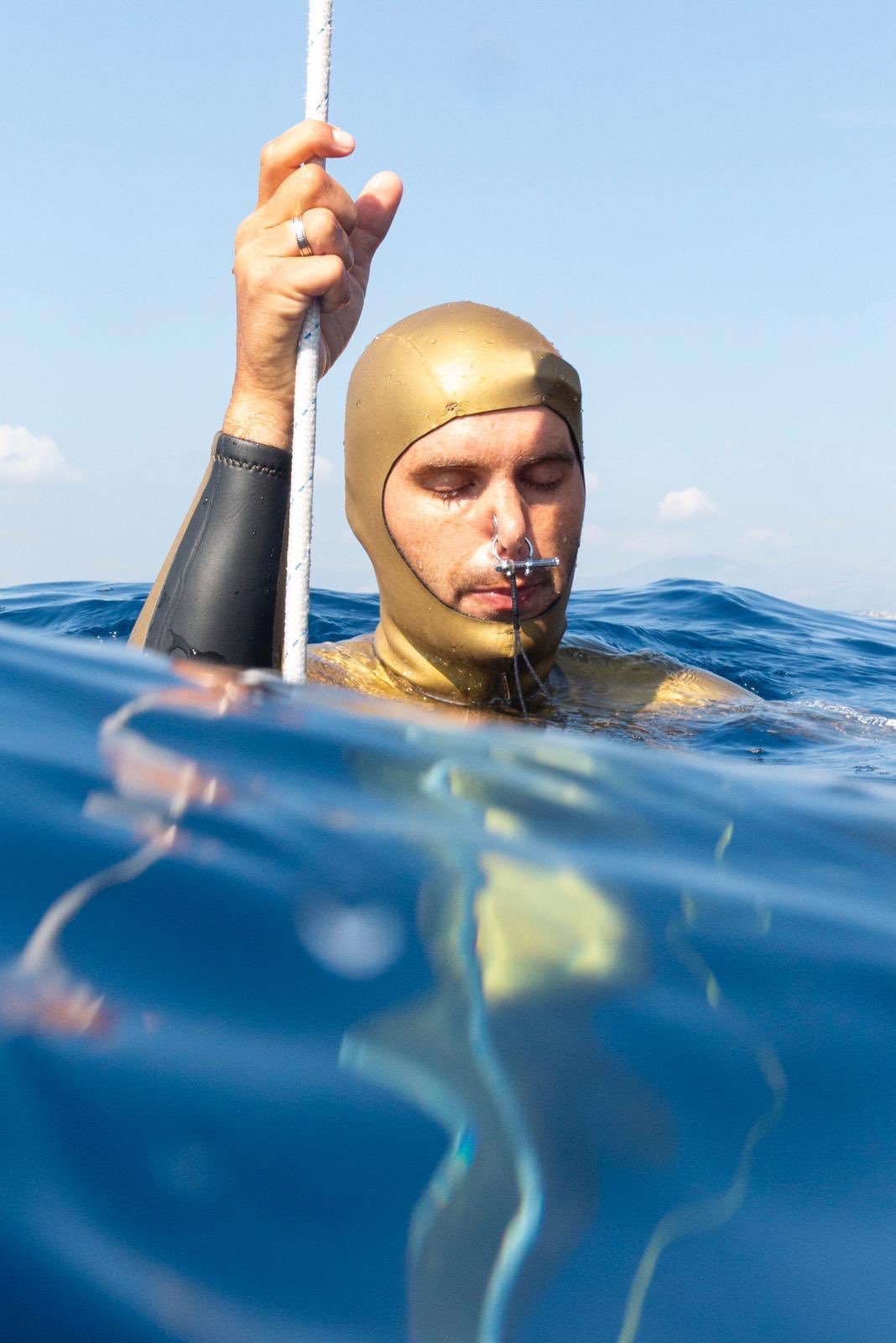
Submersible NIRS: a very wet lab...
In 2016 dr. Chris McKnight approached Artinis with the idea to measure NIRS under water on wild animals. Initially there was some skepticism, since our devices are not intended to be taken underwater, let alone on a wild animal. However, we really liked the challenge and together with the Sea Mammal Research Unit (SMRU) of the University of St. Andrews we created a submersible NIRS-sensor specifically for the seals.
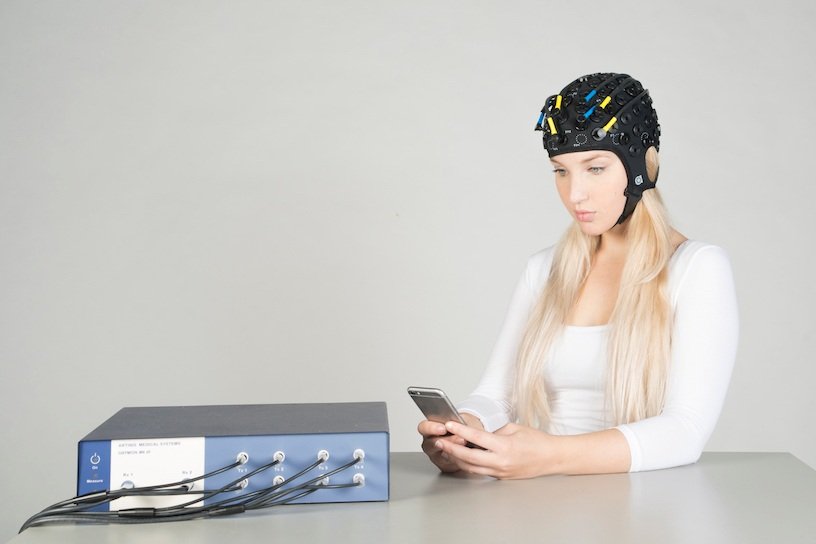
How NIRS is used in brain-computer interfaces
Imagine a person wearing a Brite and playing a demanding video game. This video game is difficult, and the mental workload is increasing drastically. Changes in blood volume, or hemodynamic changes, which are associated with the increase in workload is registered using the Brite. This blog will expand on how a NIRS-based BCI works and what researchers have made possible using NIRS-based BCI.
